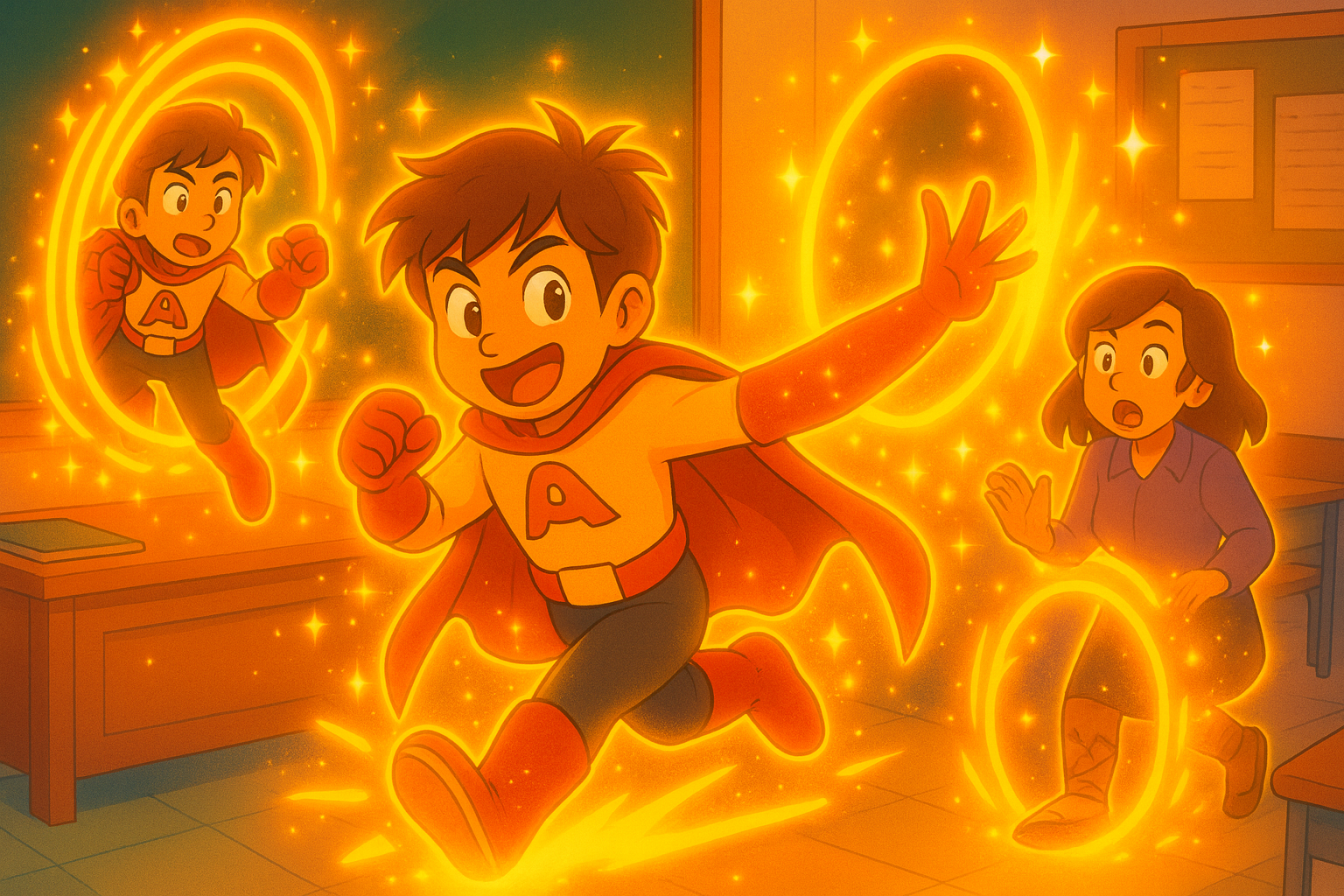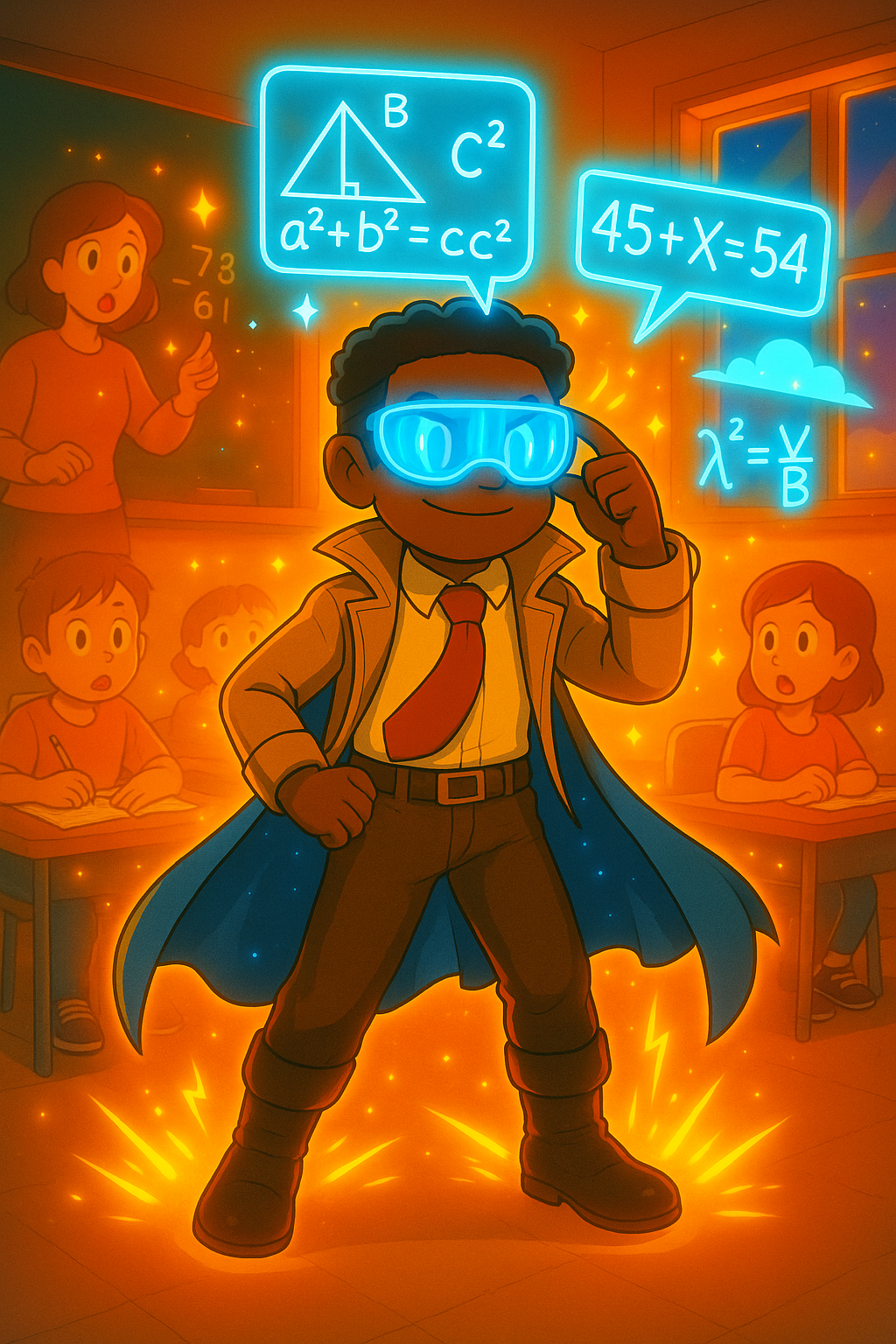
Understanding Different Learner Types (Part 1)
🎓 Understanding Different Learner Types (Part 1)
Modern Parenting Edition: How Children Learn in the Digital Age
(Part of the N.O. T.E.A.R.S. Series – New Opportunities: Teaching, Engaging, and Reaching Students)
Today’s children are growing up in a digital, high‑speed world — and it shows in how they learn. Where once classrooms rewarded stillness and memorization, now success often depends on movement, emotion, and connection.
At The MJB School of Life, we see these differences every day. Recognizing your child’s learner type transforms frustration into understanding — and learning into joy.
⚡ The Energizer Buddy
(Image placeholder — energetic child in motion)
This child never stops moving — and that’s their gift. Often mislabeled “distracted,” they’re actually powered by curiosity and motion.
Strength: Bursting with enthusiasm and creativity.
Challenge: Impulsive, easily sidetracked, often misunderstood by teachers. You may notice frequent behavior marks, not from bad intentions but from energy that doesn’t fit classroom expectations.
Real‑World Note: Energizer Buddies learn best when motion is accepted, not restricted.
Teaching Tip (for Parents): Let them move with you — walk around, stretch, or even spin while learning. See if they can still answer your questions while in motion. Try reading aloud while pacing; many kinesthetic learners actually process better while moving.
🌧️ The Emotional Storm Cloud

These learners feel everything deeply. Their emotional landscape colors their entire day — especially when learning gets personal.
Strength: Empathetic and emotionally intelligent.
Challenge: Easily derailed by comparison, criticism, or pressure to perform.
Real‑World Note: Students often become “storm clouds” when struggling with reading. Stories can trigger frustration, sadness, or anxiety — especially if reading aloud feels embarrassing.
Teaching Tip: When errors happen, make them funny. Humor diffuses tension instantly: “Oops — plot twist!” A laugh rewires emotion into resilience.
Parent Tip: Sit beside them, not across. Turn mistakes into shared moments — read together, exaggerate a funny mispronunciation, and laugh with them. Laughter says, “You can mess up and keep going.”
🏃 The Mover

More peaceful than the Energizer Buddy but just as kinesthetic, the Mover learns through subtle motion.
Strength: Focuses best when allowed to shift or fidget.
Challenge: Sitting too long drains attention. Small movements are sometimes misread as defiance.
Real‑World Note: Movers stretch, sway, doodle, or twirl to maintain focus. These small actions aren’t distraction — they’re self‑regulation.
Teaching Tip: Build physical flexibility into learning — mini movement breaks, hands‑on activities, or “stand and tell” moments.
Parent Tip: Do quick check‑ins during movement, not after. Ask, “What did that remind you of?” while walking; you’ll see focus unfold in motion.
😅 The Avoider

Avoiders will do anything except face a tough task — chat, snack, or go “look for a pencil.” It’s not laziness; it’s avoidance rooted in anxiety.
Strength: Clever and socially observant.
Challenge: Needs constant prompting to work alone. Grades slip because progress feels safer to avoid than attempt.
Real‑World Note: Parents often need to “hover lightly.” Without accountability, these students drift instantly into distraction mode.
Teaching Tip: Divide big goals into tiny steps. Five minutes of concentrated effort > zero minutes of avoidance.
Parent Tip: Praise starts, not finishes — “Good job beginning that!” Micro‑encouragement builds momentum better than pressure.
🌈 The Daydreamer

Imagination is their world. Their mind can be magical — but frequently elsewhere.
Strength: Inventive, deep thinkers.
Challenge: Attention wanders; deadlines sneak past.
Real‑World Note: Missing assignments happen because they didn’t realize work was due, not because they refused. Their own brain is the best TV ever made.
Teaching Tip: Anchor imagination to task — let them draw, narrate, or design as they learn.
Parent Tip: Use visual checklists and routines; they act as a map for wandering minds. Ask questions like “What picture did that idea give you?” to bring focus back gently.
🧠 The Analyst

The Analyst is driven by logic and structure — but vulnerable to perfectionism.
Strength: Outstanding at finding patterns and logic.
Challenge: When a concept feels unclear, they “short‑circuit.” They can freeze over a tiny detail or redo an assignment late trying to “fix one thing.”
Real‑World Note: Analysts often excel in math but struggle in language arts (or vice versa). Their brains crave rules, and without them, confidence crashes.
Teaching Tip: Provide clear examples and time limits. Celebrate completion over perfection.
Parent Tip: Encourage “done, not perfect.” Use timers to teach closure — confidence comes from finishing, not flawlessness.
💬 The Social Learner
(Image placeholder — students in a group discussion)
These learners are everyone’s friend — and sometimes their teacher’s biggest challenge.
Strength: Thrive in team settings and oral discussion.
Challenge: Lose steam when working alone. They often talk to think, so quiet work feels empty.
Real‑World Note: Behavior marks for “talking too much” usually mask their need for connection. Social interaction is their processing tool.
Teaching Tip: Let them work in pairs, then add individual reflection time. They focus better when dialogue comes first.
Parent Tip: Let them teach you. Have them explain a concept aloud — they’ll remember it because they spoke it.
🤡 The Jester
(Image placeholder — smiling student cracking a joke in class)
Every class has one. Laughter is their language, but behind it there’s usually something more complex.
Strength: Charismatic, creative, emotionally astute.
Challenge: Can shift from entertainer to disrupter fast. Humor might mask insecurity or a desire to fit in.
Real‑World Note: Some Jesters joke only in groups to gain approval; others do it to hide stress or confusion. Understanding motive is key to support.
Teaching Tip: Don’t shut them down publicly — engage privately. Use their humor for good: skits, presentations, media projects.
Parent Tip: Match their tone with calm humor. Talk after the laugh. Behind the comedian is a kid who needs to be seen, not just heard.
💡 Final Thought
Modern learners aren’t broken versions of the old model — they’re evolving ones. Each type comes with strengths and struggles that reflect today’s hyperconnected, emotionally charged world.
The N.O. T.E.A.R.S. framework is about reframing — seeing behavior as a signal, not a problem. When parents and teachers adapt together, learners flourish.
✨ Stay tuned for Part 2: The Teaching Blueprint for Each Learner Type
where we’ll share how to teach, calm, and motivate every child who crosses your path.


